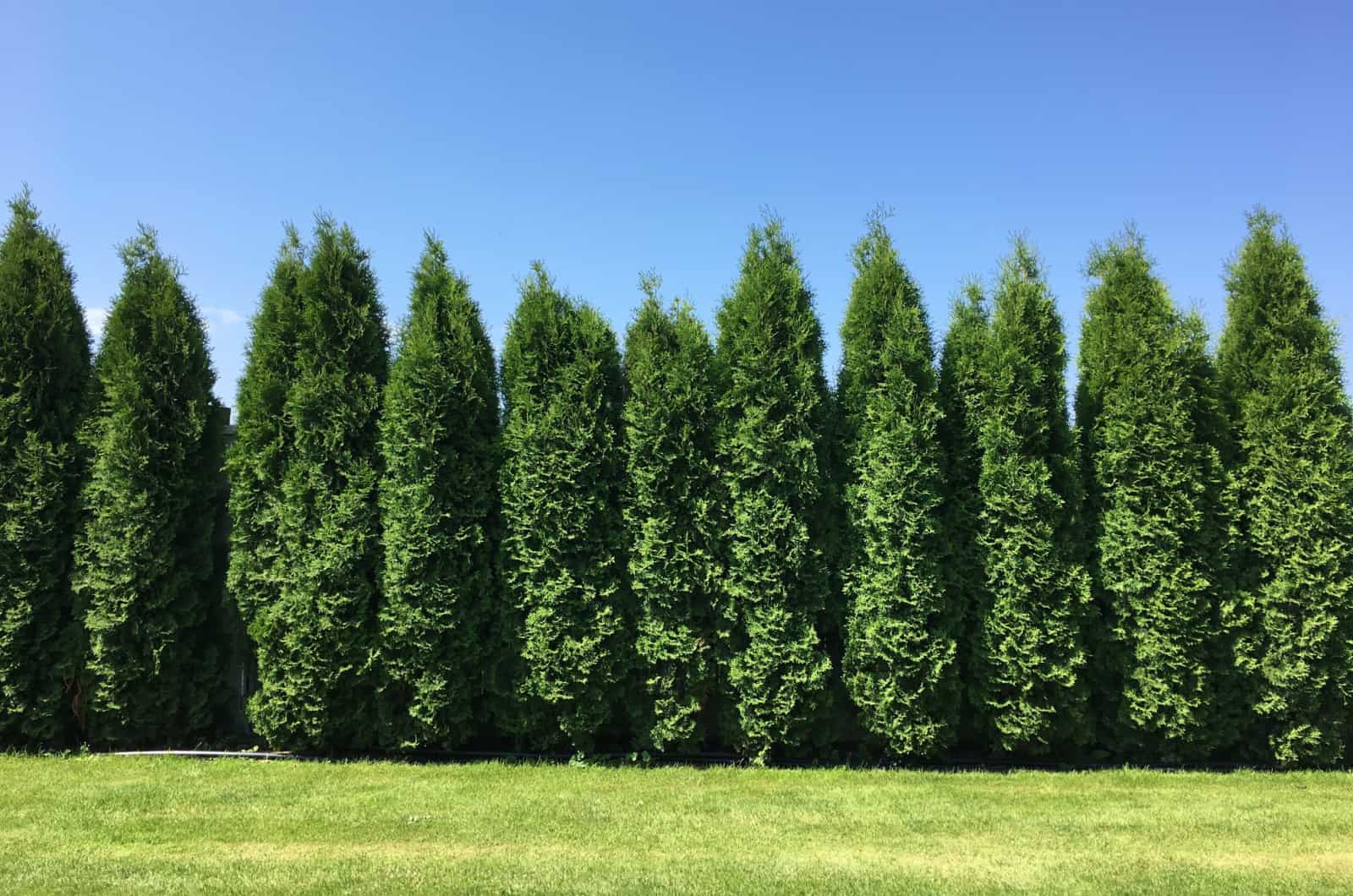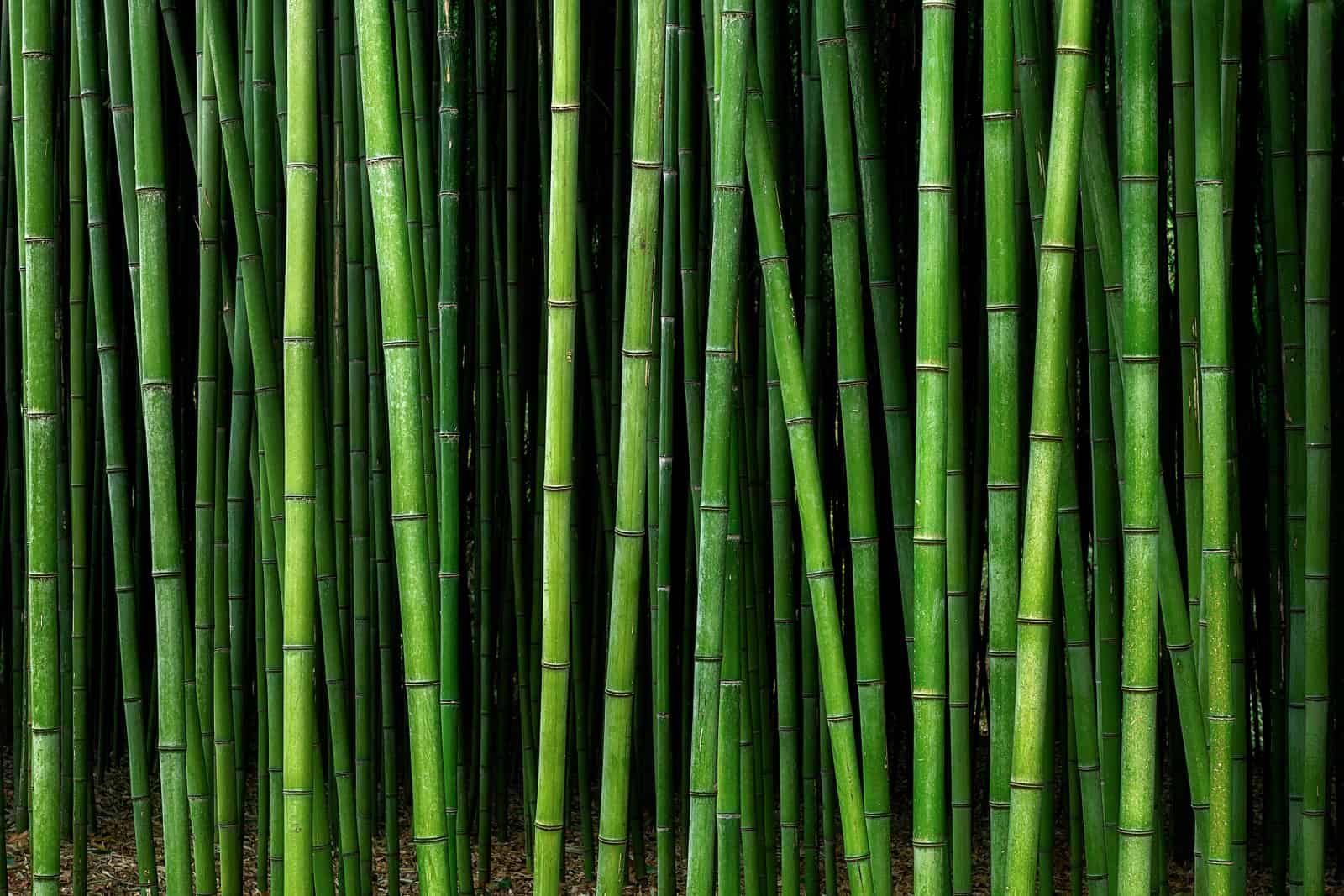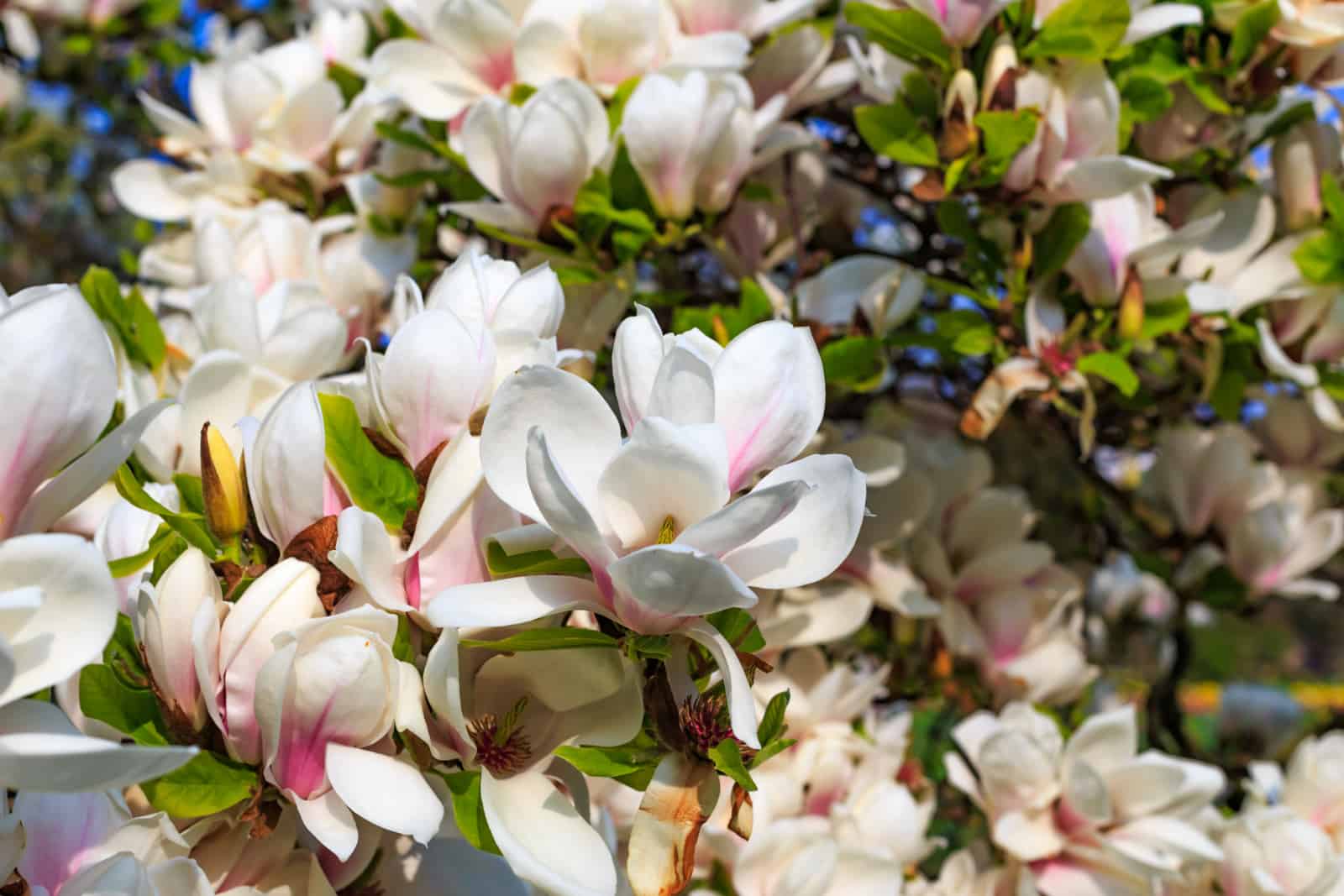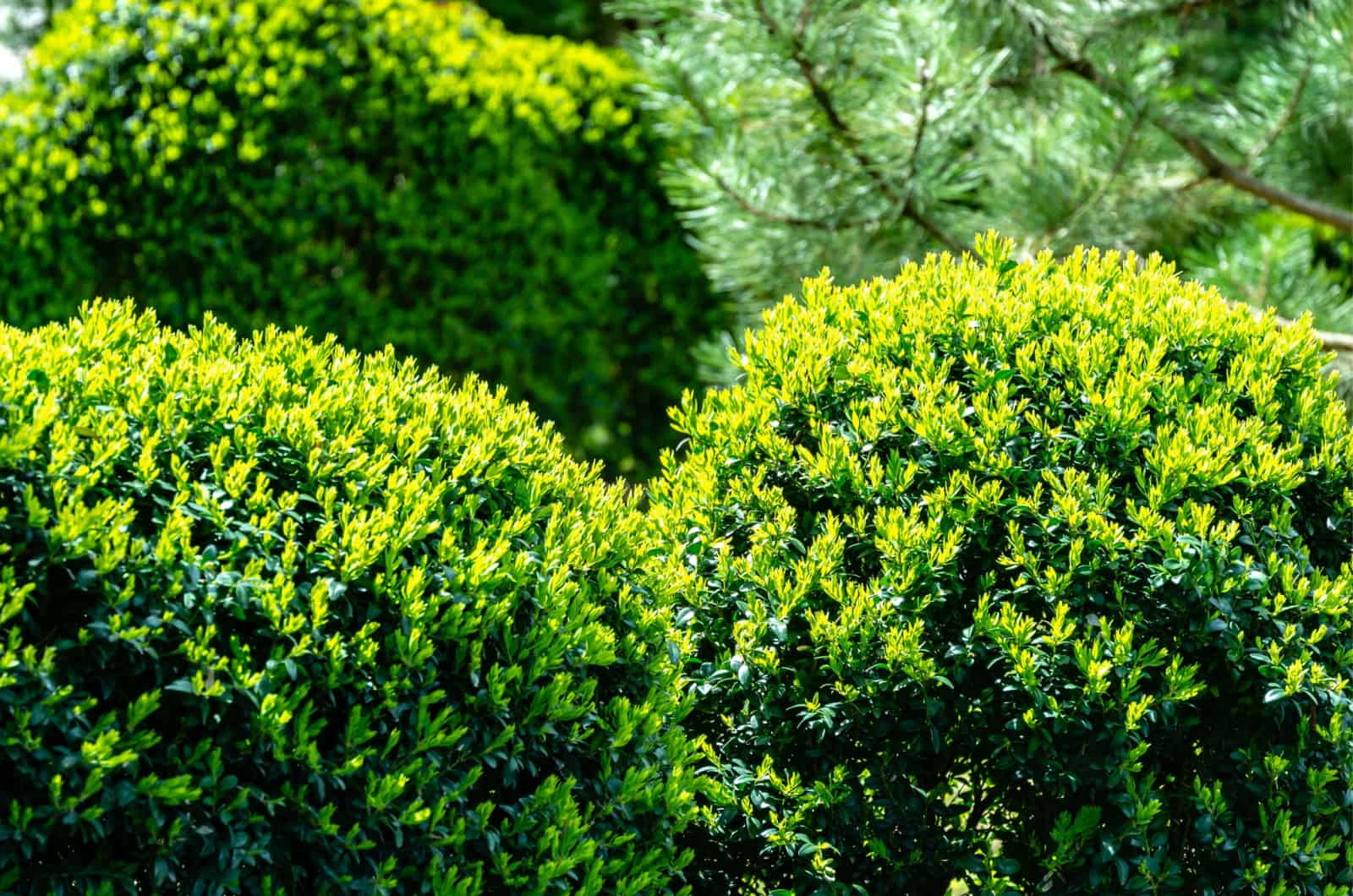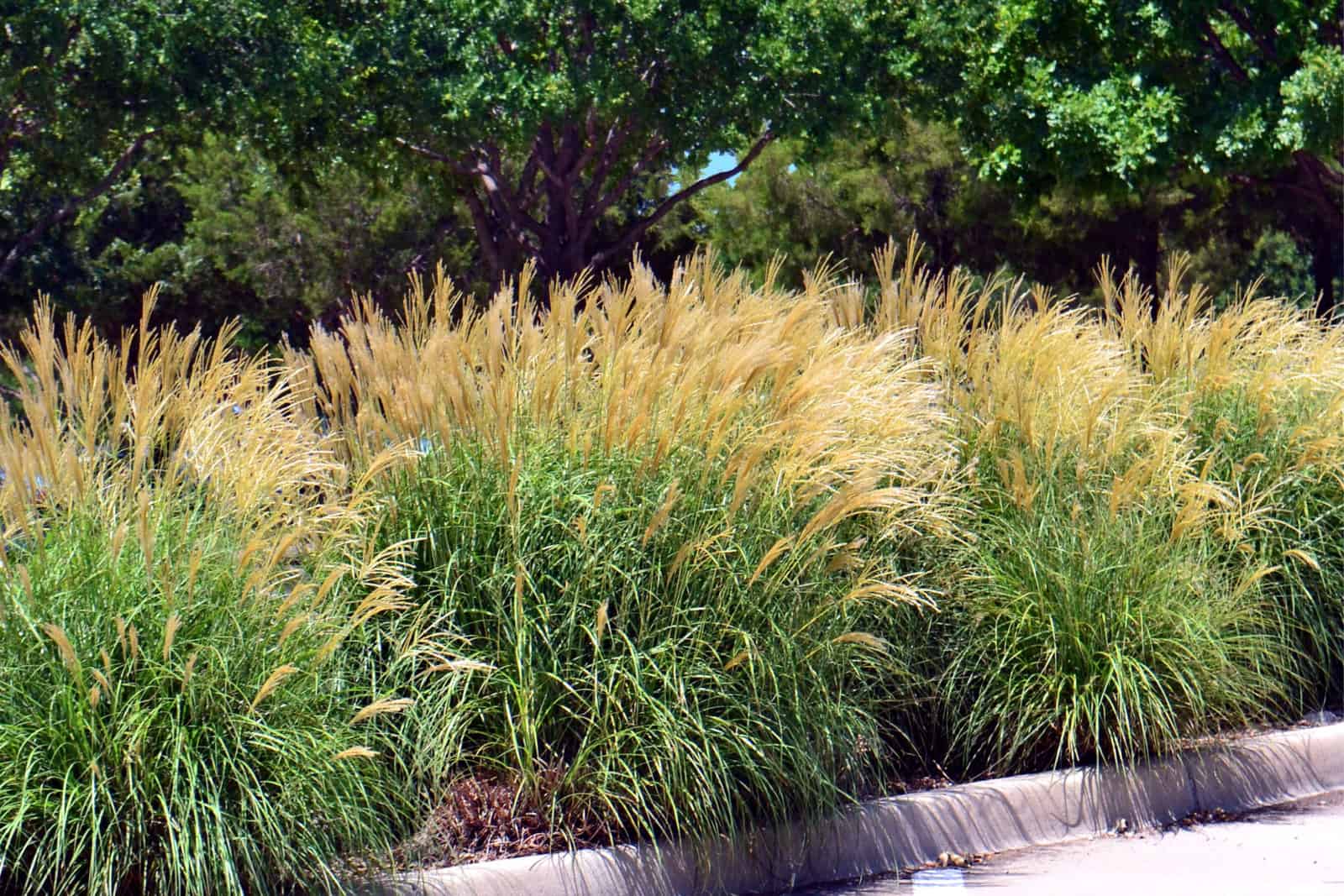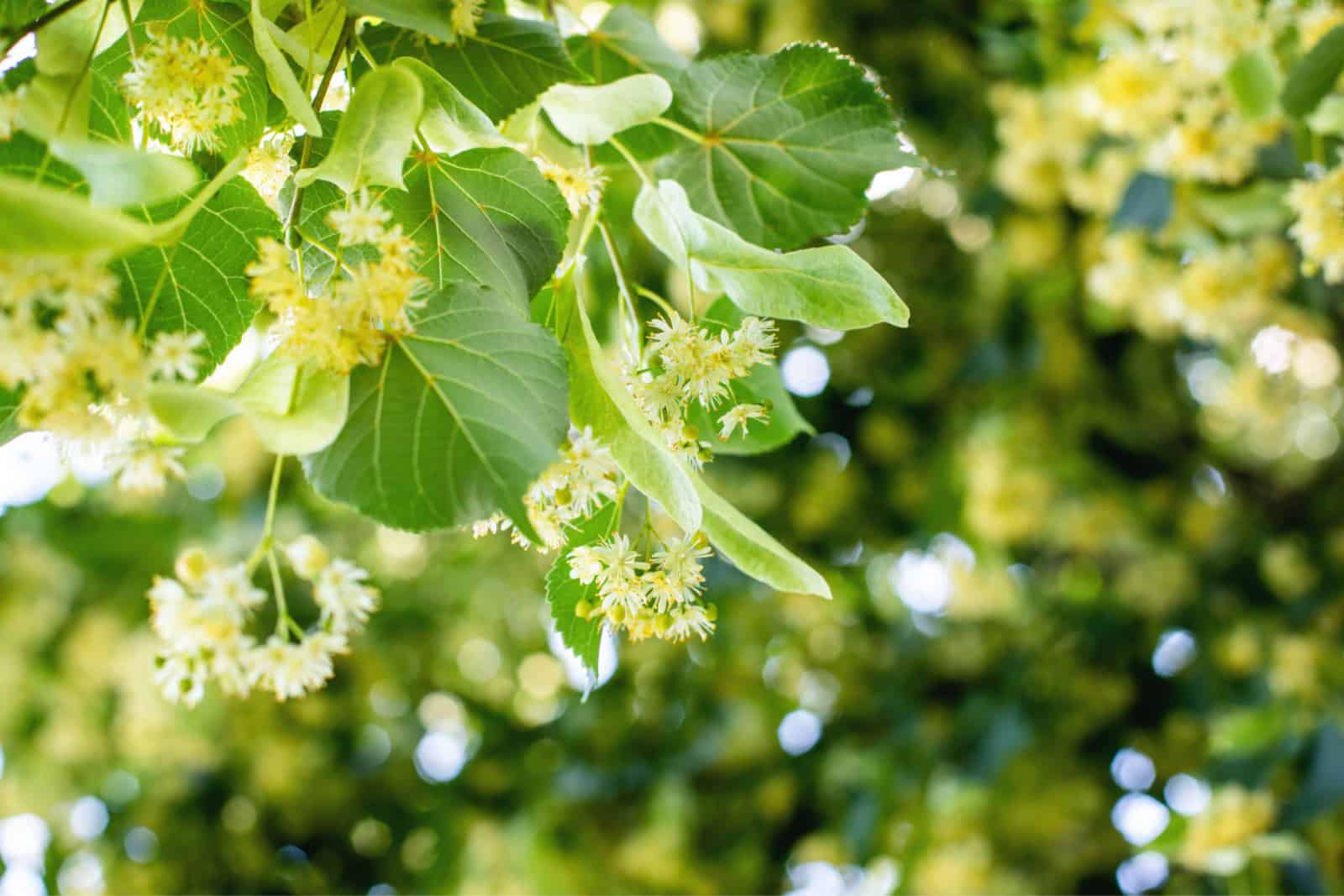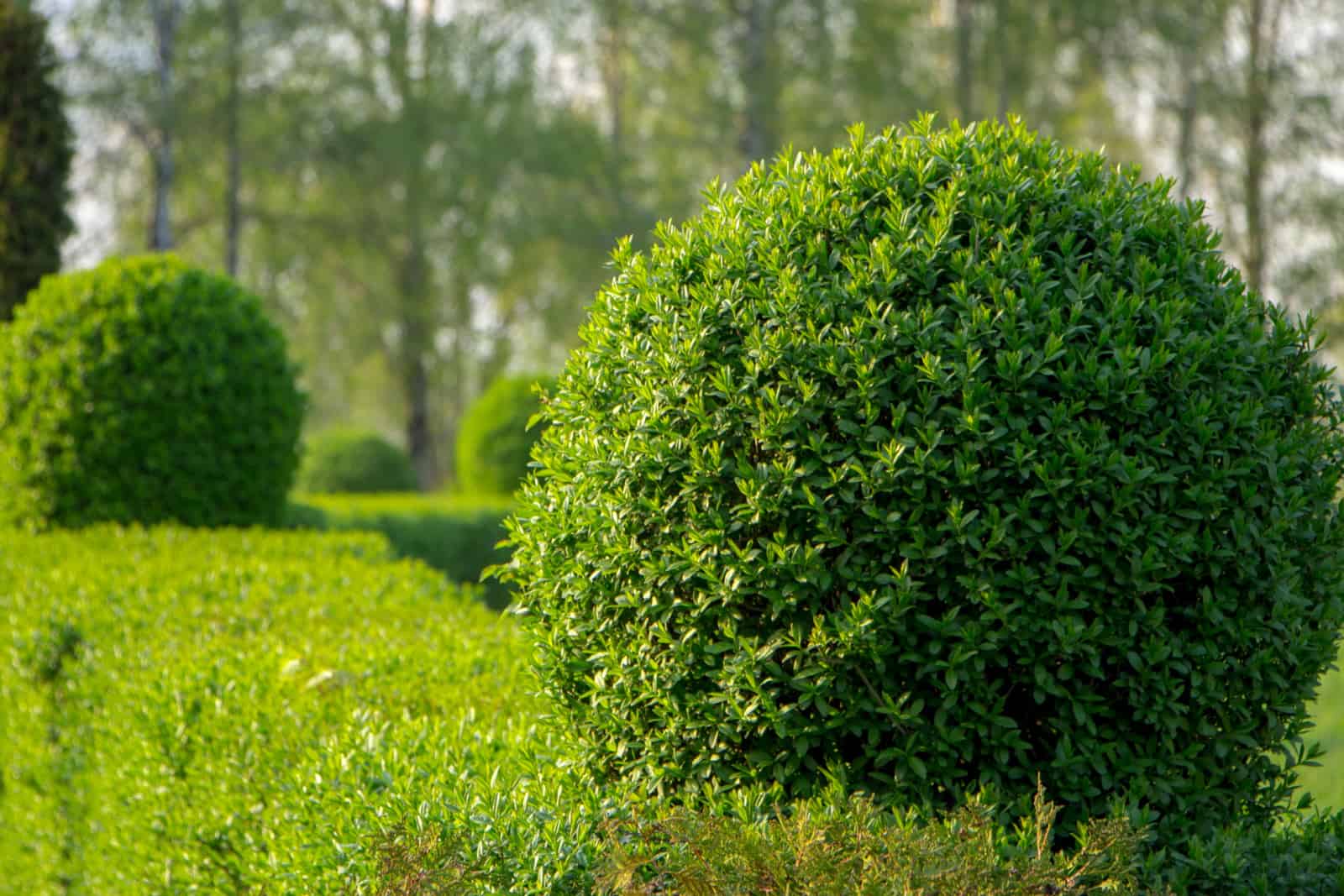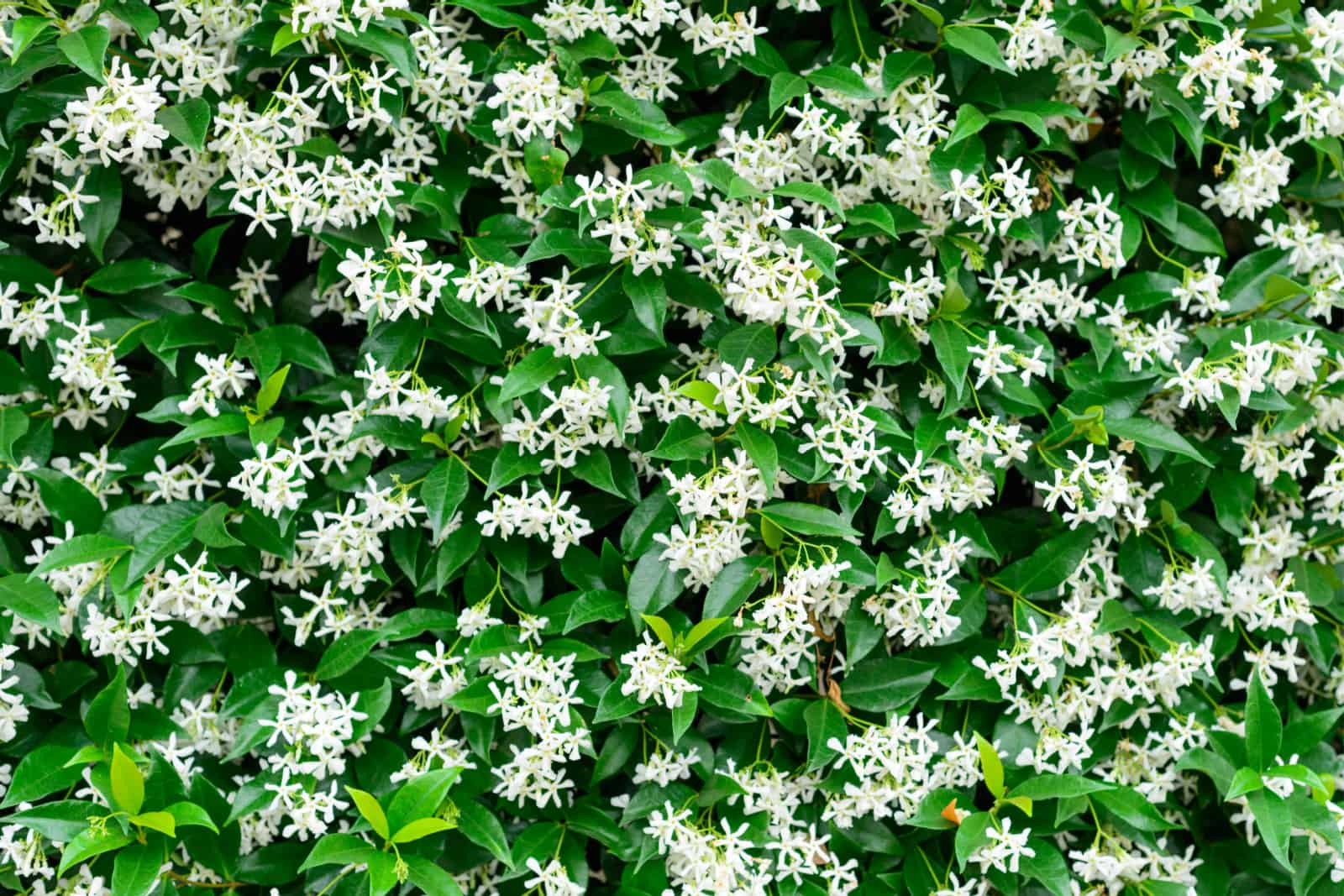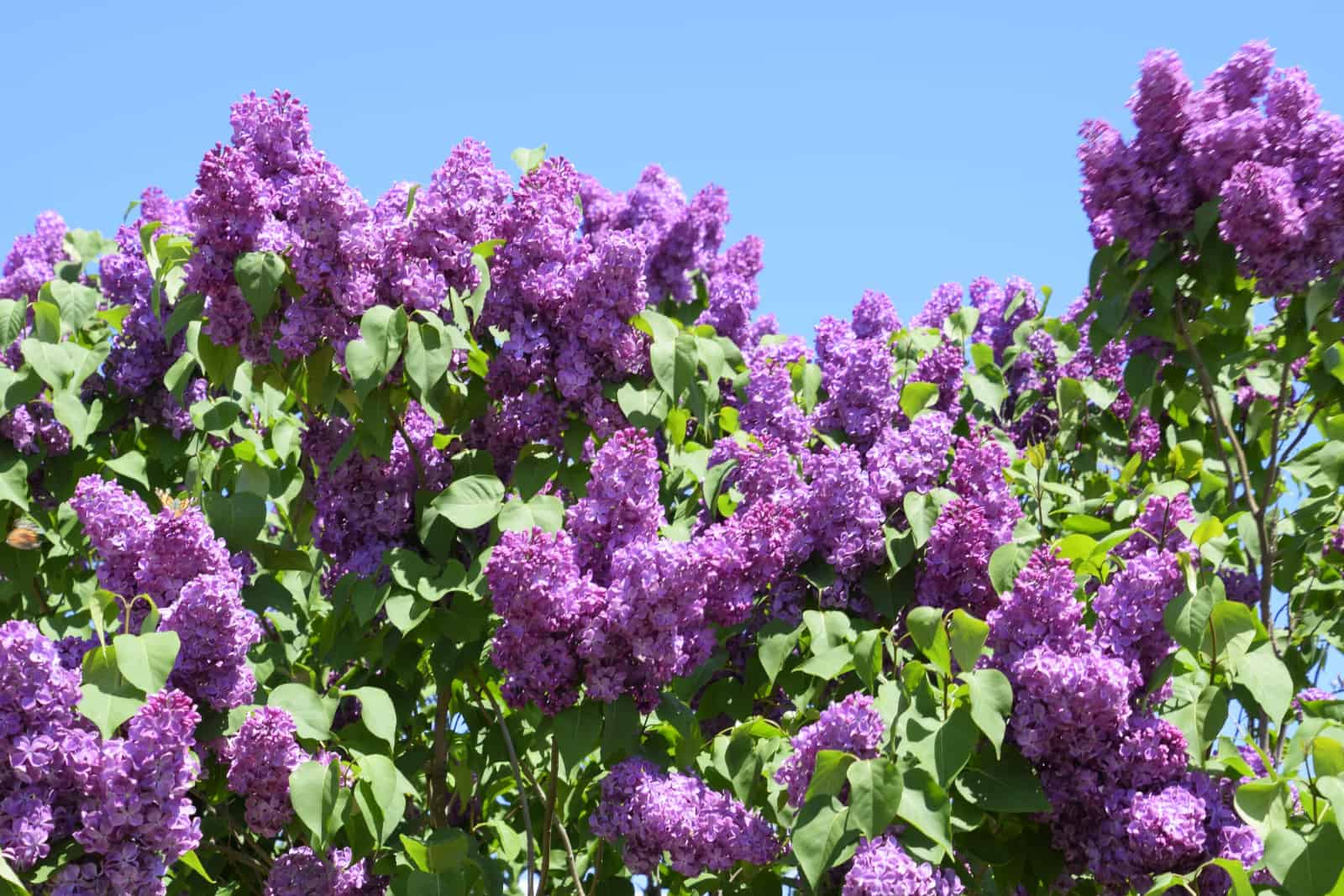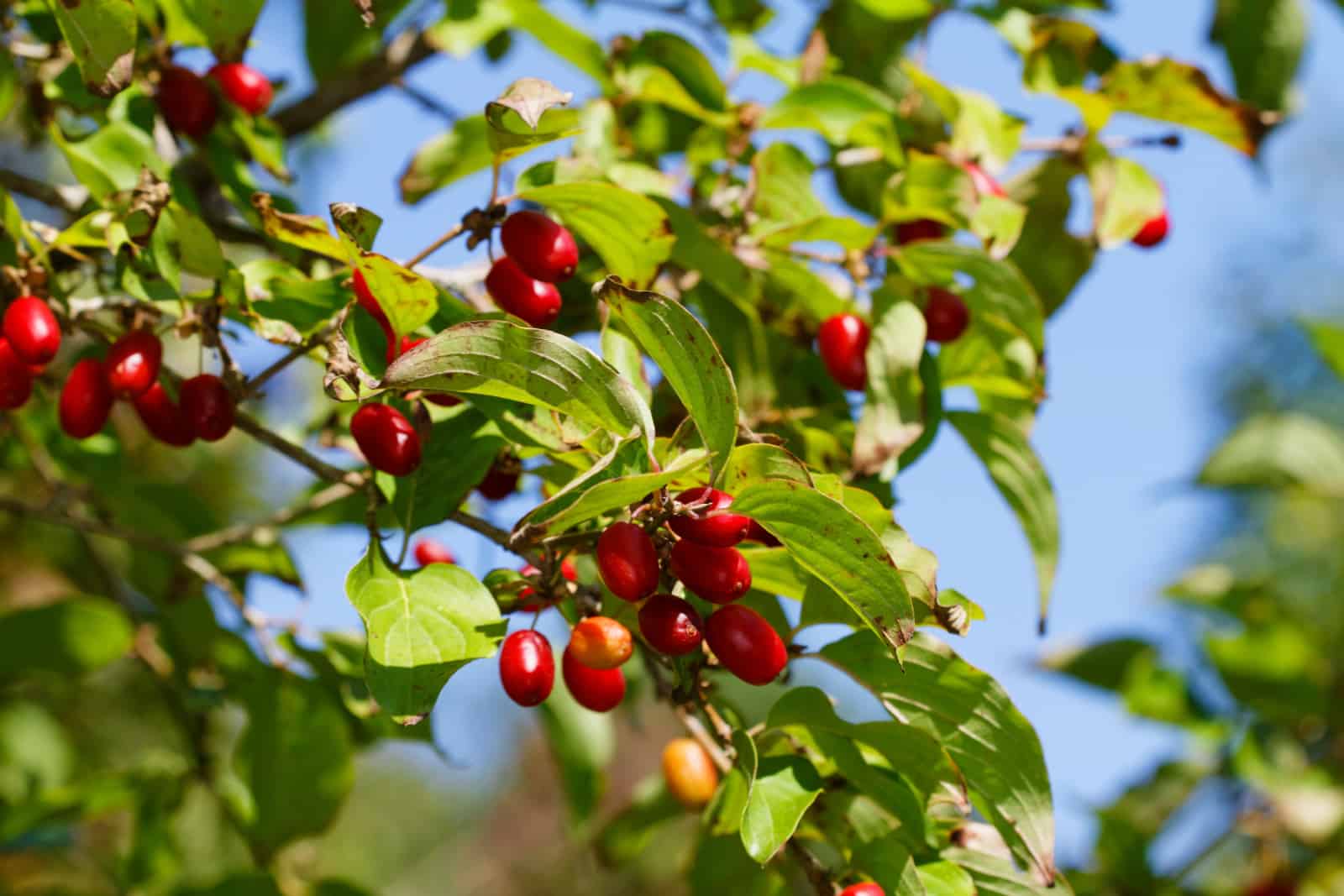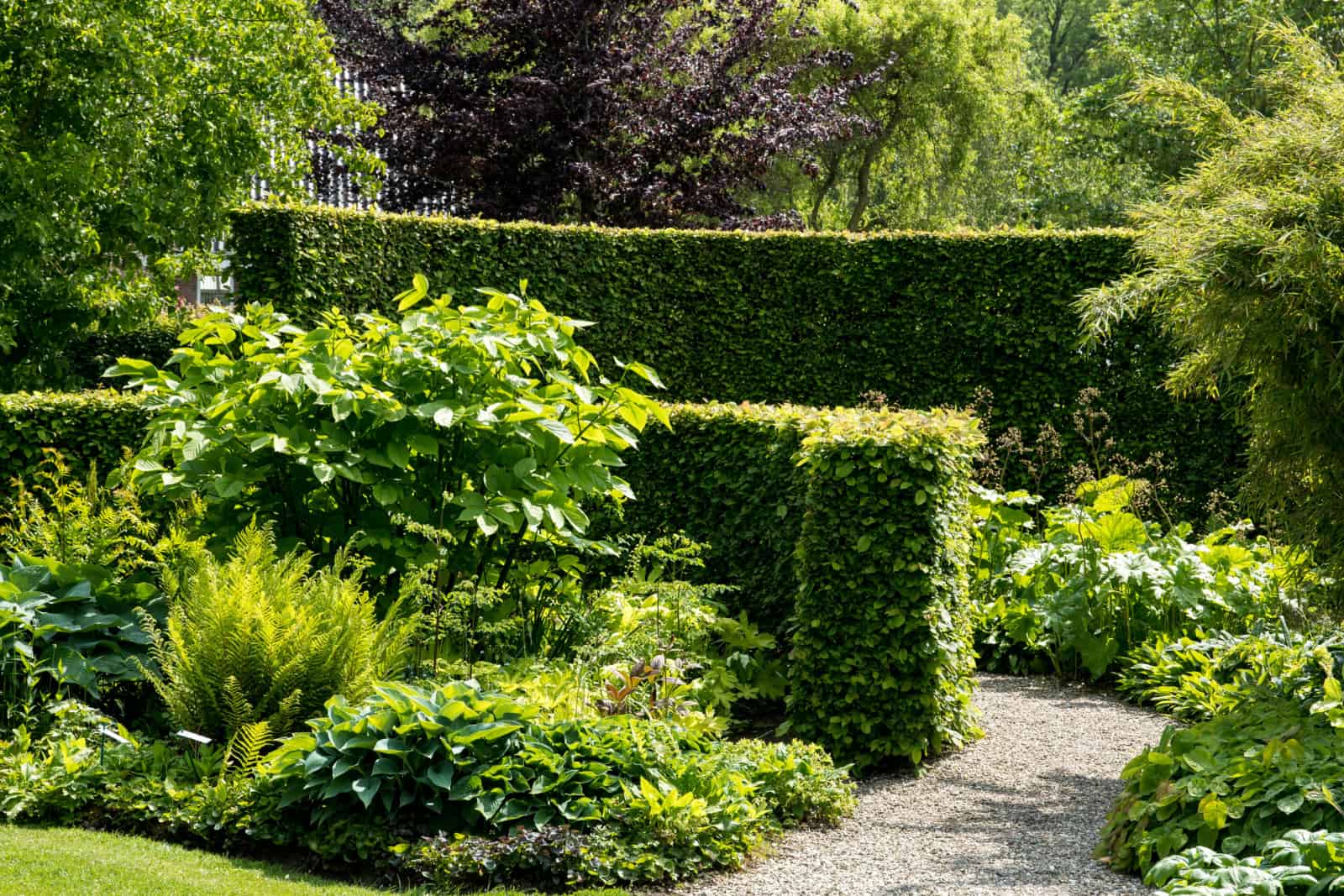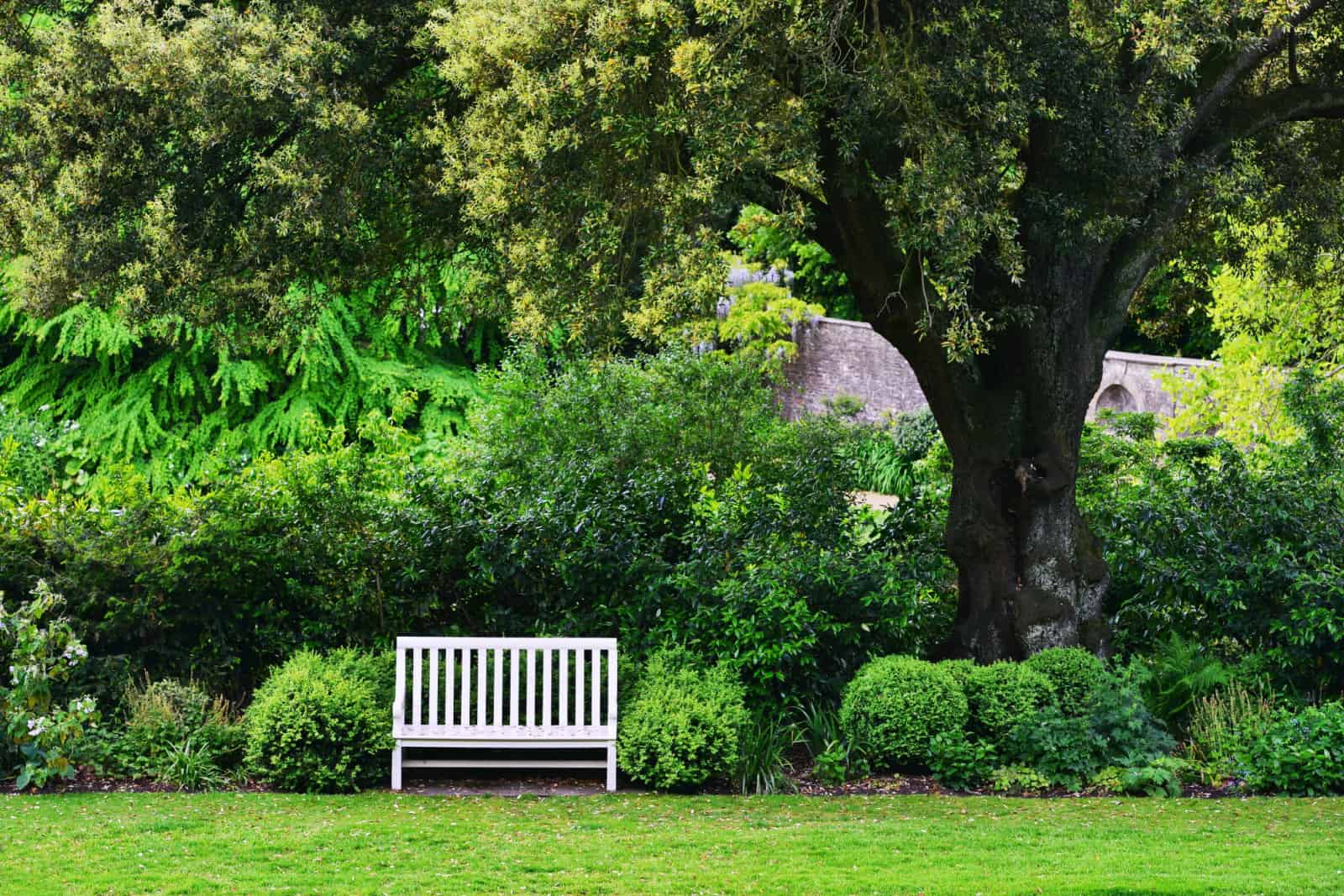If you’re looking for a way to escape the prying eyes of neighbors and passersby, fences aren’t always the best choice, so it’s better to go with a more natural way of screening.
Nature takes care of everything and has gifted us with some exquisite plants for privacy. Planting fast-growing trees and shrubs will give you a perfect green screen in just a few years.
Many of these species cast shade, which means you can’t use the space under them, so they work better for larger yards. If you have a smaller yard, you’ll need to be a little bit more creative.
Don’t worry, I’ll help you with that.
Let’s meet the 10 green guardians!
1. Thuja Green Giant
This is one of the most common plants used for privacy screens. It’s renowned for its fast-growth rate and, believe it or not, it can grow up to 5 feet in a single season.
A mature Green Giant can be up to 80 feet tall, making it more suitable for larger landscapes.
It’s an excellent choice for gardeners who live in USDA zones 5 through 8, or in zone 9 where humidity is higher during the summer.
Regarding shape, it’s pyramidal or conical with a broad base. The Green Giant generates dense foliage and its well-branched structure will hide your garden perfectly.
2. Bamboo
Unlike the Green Giant, bamboo is more suitable for smaller yards. The only problem with these plants is that they are invasive (1), so planting them in-ground is generally not recommended.
However, you can have bamboo hedges if you grow these plants in containers. Their slender leaves extend upward, giving a special touch of beauty.
These plants are suitable for zones 7 through 11 and they typically don’t exceed 25 feet or spread more than 15 feet.
The best varieties from the Phyllostachys genus (bamboos) include P.nigra and P.aurea.
3. Magnolia
If you would like to use flowering plants for a privacy screen, nothing will do a better job than magnolias.
Since these plants reach 60 feet tall in their mature growth stage, they’re more suitable for larger landscapes.
Magnolias won’t lose their shiny leaves if grown in warm climates. They retain their beautiful green color that combines stunningly with the fragrant, cup-shaped, white blossoms.
If you have a smaller landscape but would like to add magnolias, there are some wonderful cultivars such as Little Gem that won’t exceed 20 feet tall.
4. Boxwood
This is another potted plant for privacy perfect for those who aren’t lucky enough to have large landscapes.
Boxwood typically doesn’t exceed 20 feet but will be much smaller if grown in containers. It thrives in USDA zones 5 through 9 and grows best in partial shade and a free-draining potting mix.
Dwarf varieties such as the B. sempervirens suffruticosa or B. sinica var. Insularis are renowned for their compact growth habit, making them perfect for hedges.
5. Maiden Grass
The versatile Maiden grass is a common choice for light screens. You’ll also see this plant in garden beds, used as a focal point, or planted en masse.
They thrive in USDA zones 5 through 9 and won’t exceed 7 feet in height or spread more than 4 feet wide.
What makes Maiden grass amazing is its cold tolerance and low care requirements. Additional watering is only required in long periods of drought and extreme heat.
6. Tilia Cordata
This is a medium-sized tree species that typically grows up to 30 feet tall. Its pyramidal silhouette and green heart-shaped leaves will transform your garden into a sanctuary of tranquility and elegance.
Best of all, the structure of this tree will ensure privacy even during winter.
This tree species has shown great tolerance to urban conditions, making it a resilient and adaptable option for urban landscapes and those who want to escape crowds.
7. Privet
Also known as Ligustrum, Privet is admired for its elegant appearance and extraordinary adaptability. Due to these characteristics, it’s grown worldwide.
Its dense foliage will ensure well-needed privacy. Ligustrum plants thrive in various soil types and aren’t fussy over light conditions. Due to their drought-tolerant nature, they’re an excellent choice for water-wise gardens.
However, this is an invasive species and must be regularly monitored. (2)
8. Star Jasmine
This versatile vine will transform your garden into a private paradise, and its delicate beauty will add a touch of elegance.
Cascading, deep green foliage will ensure as much privacy as trees or other typical plants used for hedges in larger landscapes. Alternatively, you can support it with a trellis to extend the height of a fence or wall around your garden.
When grown in colder climates, Star jasmine doesn’t grow fast, so you don’t need to be afraid it will take over. However, it displays new growth faster when grown in milder climates.
This is one of the most popular star-shaped flowers, and you can see its white, fragrant blossoms in the summer.
If you’re impatient, you can purchase larger plants already attached to trellises.
9. Lilac
Lilacs will provide a stunning and fragrant privacy screen. These tall plants generate vibrant blossoms with a sweet scent.
One of the best things about lilacs is that they have a long lifespan and will adorn your garden for decades to come.
Their adaptability to a wide range of temperatures and soils makes them a versatile choice, and they flourish in both urban and rural settings.
You can combine them with other hedging plants for seasonal interest.
10. Cornus Mas
We’ll finish our list with an exceptional shrub that brings a pop of vibrant color and early spring joy to landscapes. The clusters of small, bright yellow flowers emerge before the arrival of spring, rebelling against the winter chill.
It reaches up to 25 feet tall but is easy to prune, making it a great option for a privacy screen.
This hardy shrub flourishes in a wide range of conditions. It adapts to different soil types and is cold-hardy. It’s a suitable option for various climates and locations, including sunny and partially shaded.
What To Plant To Avoid Prying Eyes In Your Yard
It’s always best to plant various species of different heights. Each plant species has its own benefits, so planting more will get the most out of them.
It’ll also enhance visual appeal if you choose species that bloom in different seasons or have distinct flower hues and shapes.
This is also an excellent way to attract more pollinators and beneficial insects to your garden.
A good combination of plants and flowers will limit the chances of infection and insects.
How To Choose Perfect Plants For Privacy
There are a few factors to consider before choosing the best plant for your privacy screen.
The first one is the climate; check if the selected plant can grow in the conditions found in your USDA hardiness zone.
You also need to test your soil and see if it meets the plant’s requirements. Remember that some plants won’t respond well to compact soil types, whereas others need more moisture to thrive. It’s essential to check soil conditions before choosing a privacy screen plant.
Another important factor is the space available. Some plants from our list, such as the Thuja, take up a lot of space, so if you have a small garden, go with shorter plants or consider container gardening.
If you’re tired of feeling exposed and long for a green escape, consider the above mentioned factors and choose one or more green guardians from our list to enjoy your secluded sanctuary.
Until next time!
References
1. Xu, Q., Liang, C., Chen, J., Li, Y., Qin, H., & Fuhrmann, J. J. (2020). Rapid bamboo invasion (expansion) and its effects on biodiversity and soil processes +. Global Ecology and Conservation
2. Mississippi Forestry Commission. (2020, June 22). Ligustrum spp. – Privet – Invasive Plants | Mississippi Forestry Commission. https://www.mfc.ms.gov/forest-health/invasive-plants/japanese-glossy-chinese-european-privet/

